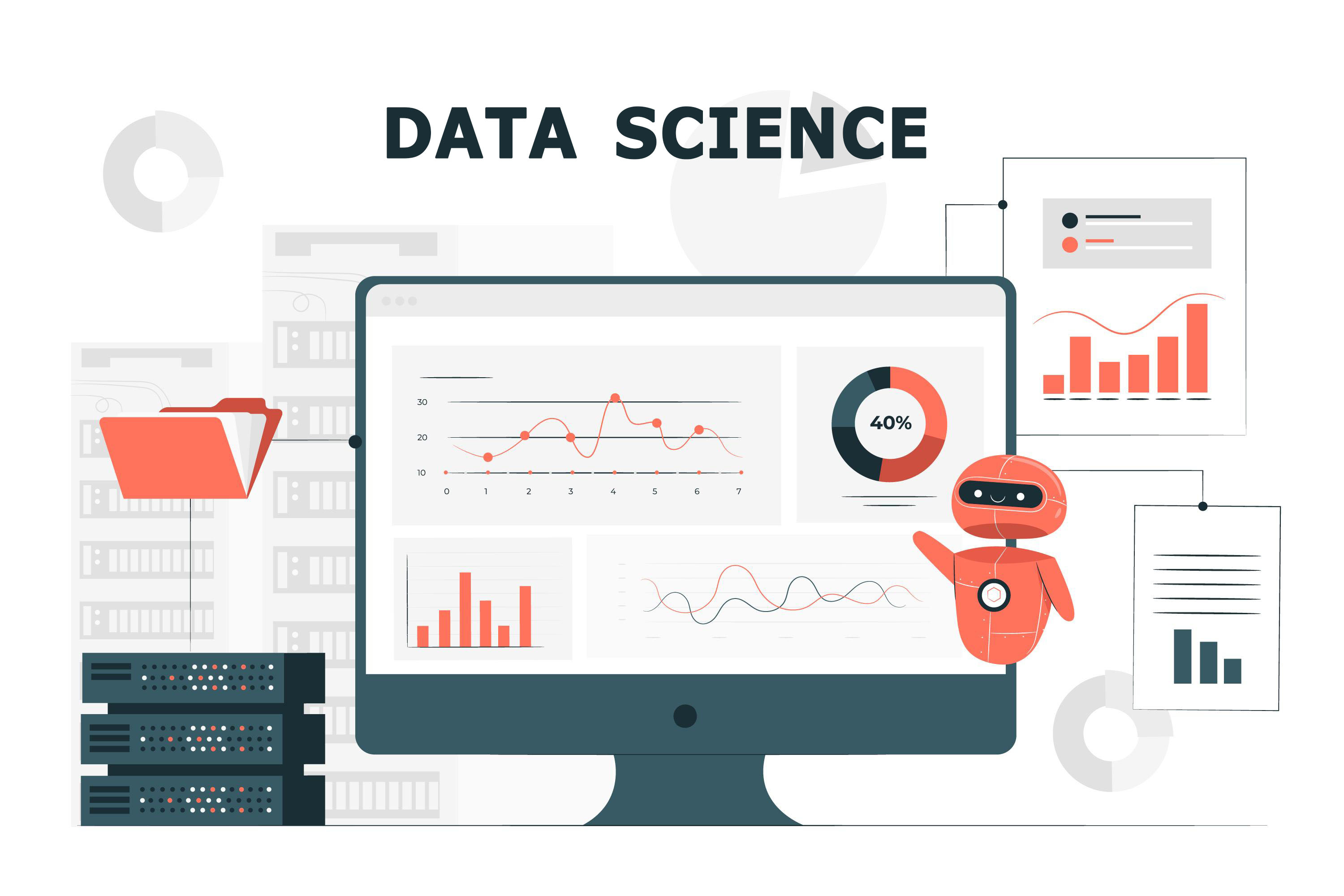
Data science is important because it combines tools, methods, and technology to gain access to meaningful information through data. Data is abundant for modern organizations, and devices that can collect and store information automatically are deployed. Systems and online payment portals collect more data in the areas of e-commerce, medicine, money and all other aspects of human life. We have data from text, sounds, videos and images in massive amounts.
While the term data science is not new, the meanings and connotations around it have changed over time. This word first appeared in the 1960s as an alternative name to the statistic. In the late 1990s, computer science professionals drafted the term. A proposed definition referred to data science as a separate three-faced area: Design, collect and analyze data. It took another decade for the term to be used outside academia.
Data science is used to study data in four main ways:
1. Descriptive Analysis
Descriptive analysis examines data in order to gain insights into what happened and what happens in the data environment. It is characterized by data visualization effects, such as pie charts, bar charts, line charts, tables, or created narratives. For example, the air ticket company can record data such as the number of tickets booked each day. Descriptive analysis will reveal peak booking times, booking stagnation times and the high performing months of this service.
2. Diagnostic analysis
Diagnostic analysis is the examination of deep and detailed data to understand why something happens. It is characterized by technologies such as deepening, data exploration, data mining and correlations. A number of data processes and transfers can be performed on a particular data set to explore unique patterns in each of these technologies. For example, the air ticket service can use the deepening technology of a high-performing month specifically to understand peak booking times. This may lead to the discovery that many customers are visiting a particular city to attend a monthly sporting event.
3. Predictive Analysis
Predictive analysis uses historical data to create accurate predictions about which data patterns may occur in the future. It is characterized by technologies such as machine learning, anticipation, pattern matching, and predictive model building. In each of these techniques, computers are trained to reverse the engineering of causal relationships in the data. For example, the airline ticketing team can use data science to predict new year flight booking patterns at the beginning of each year.
A computer program or logarithm can examine historical data and predict peak booking times for certain destinations in May. Anticipating the future travel requirements of the company’s customers, you can start displaying targeted advertising to those cities from February
4. Directional Analysis
Steering analytics take predictive data to the next level. It not only predicts what is likely to happen, but also suggests an optimal response to this expected outcome. The steering analysis can analyze the potential impacts of different choices and recommend the best course of action. He is able to use graphical analysis, simulation, complex event processing, neural networks, and machine learning recommendation engines.
A data scientist can use a variety of technologies, tools and technologies as part of the data science process. Based on the problem, the data scientist selects the best combination of elements for faster, more accurate results.
The day-to-day role and work of the data scientist varies depending on the size and requirements of the organization. Although he follows the data science process, the details may be different. In large data science teams, the data scientist can work with other analysts, engineers, machine learning experts, and statisticians to ensure that the data science process is followed in an integrated way and business goals are met.
In small teams, a data scientist may play more than one role. The data scientist may perform multiple roles or overlapping roles, depending on his/her experience, skills and educational background. In this case, his day-to-day responsibilities may include engineering, analysis, and machine learning as well as basic data science methodologies.